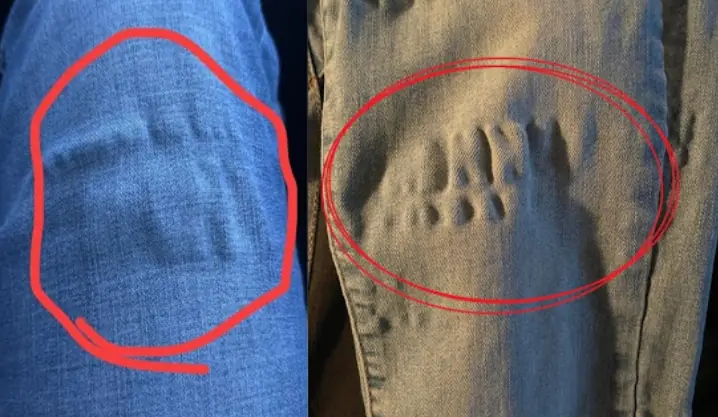
Expert reveals “Military Sleep Method” that helps you fall asleep in just two minutes

Sleep is an essential part of human health, yet millions of people worldwide struggle with falling asleep quickly or achieving quality rest. Lack of proper sleep can lead to a range of problems, from fatigue and irritability to long-term health issues such as heart disease, obesity, and weakened immunity. In the quest for faster, more efficient sleep, experts have highlighted a fascinating technique called the “Military Sleep Method”, which claims to help people fall asleep in just two minutes.
This technique, originally developed for soldiers, has gained popularity for its simplicity and effectiveness. Here’s a comprehensive look at what the military sleep method is, how it works, and practical steps you can follow to drift off in record time.
What Is the Military Sleep Method?
The Military Sleep Method is a structured technique designed to train your mind and body to relax quickly, even under stressful conditions. It was reportedly developed by the U.S. military to help soldiers fall asleep anywhere, anytime, especially in challenging or noisy environments.
The method combines progressive muscle relaxation, controlled breathing, and mental visualization to prepare the body for sleep. The goal is to calm the nervous system, reduce stress, and create a state of physical and mental relaxation that encourages rapid sleep onset.
Why It Works
Falling asleep quickly often requires reducing stress and tension. Many people struggle with racing thoughts or physical discomfort that keeps them awake. The military sleep method addresses these issues in three ways:
1. Muscle Relaxation
Tension in the muscles can prevent you from falling asleep. This method systematically relaxes the muscles from head to toe, releasing physical stress and promoting a sense of calm.
2. Controlled Breathing
Deep, slow breathing helps lower your heart rate and blood pressure, triggering the body’s parasympathetic nervous system, which signals your body that it’s time to sleep.
3. Mental Visualization
Visualization redirects the mind away from stressful thoughts and creates a calming mental environment. By imagining serene or repetitive scenarios, the brain is guided into a sleep-ready state.
Step-by-Step Guide to the Military Sleep Method
The military sleep method can be practiced in just a few minutes. Here’s how to do it:
Step 1: Relax Your Face
-
Close your eyes and take a few deep breaths.
-
Relax all the muscles in your face, including your jaw, tongue, and forehead.
-
Let your cheeks and eyes feel soft and loose.
Step 2: Drop Your Shoulders
-
Lower your shoulders as far down as possible.
-
Relax your neck and upper back.
-
Let your arms fall naturally by your sides.
Step 3: Relax Your Legs
-
Start from your thighs and work down to your calves.
-
Allow your legs to sink into the mattress and feel heavy.
-
Focus on releasing tension from every part of your lower body.
Step 4: Control Your Breathing
-
Take slow, deep breaths, inhaling for 4 seconds and exhaling for 6 seconds.
-
Breathe from your diaphragm, not your chest.
-
Concentrate on your breathing rhythm to distract your mind from active thoughts.
Step 5: Visualize a Peaceful Scene
-
Imagine yourself in a calm and relaxing setting, such as:
-
Floating on a tranquil lake.
-
Lying in a hammock on a warm beach.
-
Relaxing in a dark, quiet room.
-
-
Try to maintain the visualization for at least 10-15 seconds without thinking about stressful matters.
Step 6: Eliminate Mental Clutter
-
If intrusive thoughts arise, acknowledge them, then return to your visualization.
-
Repeat a mental mantra like “relax” or imagine repetitive motions to occupy your mind gently.
Tips to Enhance the Effectiveness of the Military Sleep Method
While the method can work for most people, some additional habits can help maximize its effectiveness:
-
Consistency Is Key: Practice the technique every night to train your body and mind to respond faster.
-
Create a Sleep-Conducive Environment: Keep your room dark, cool, and quiet. Use earplugs or white noise if needed.
-
Limit Screen Time Before Bed: Avoid phones, laptops, or TVs at least 30 minutes before sleep, as blue light can interfere with melatonin production.
-
Avoid Stimulants: Refrain from caffeine or heavy meals in the hours leading up to bedtime.
-
Combine With Other Relaxation Techniques: Gentle stretches, meditation, or a warm bath can further help relax the muscles and calm the mind.
Who Can Benefit From It?
The military sleep method is suitable for:
-
People who struggle to fall asleep quickly.
-
Those experiencing stress or anxiety that interferes with sleep.
-
Individuals in noisy or uncomfortable sleeping environments (like travelers or shift workers).
-
Anyone looking to improve overall sleep quality and maintain a consistent sleep schedule.
Scientific Backing
While there are limited formal studies on the military sleep method itself, the techniques it incorporates—muscle relaxation, deep breathing, and visualization—are all well-established strategies to promote sleep. Research shows that:
-
Progressive muscle relaxation can reduce insomnia symptoms and improve sleep onset.
-
Deep breathing activates the parasympathetic nervous system, which helps reduce heart rate and stress.
-
Visualization and mental distraction techniques can calm racing thoughts and reduce sleep latency.
Conclusion
The military sleep method offers a practical and effective way to fall asleep faster, even in challenging situations. By systematically relaxing the body, controlling your breathing, and visualizing calming scenarios, you can train your mind and body to enter a sleep-ready state in just two minutes.
For anyone struggling with sleep difficulties, integrating this method into your nightly routine could significantly improve sleep quality, mental clarity, and overall health. With consistent practice, what once felt like a nightly struggle to fall asleep can become a fast, effortless, and restorative process.
News in the same category


The 6 Earliest Symptoms of Liv.er Can.cer Most People Overlook
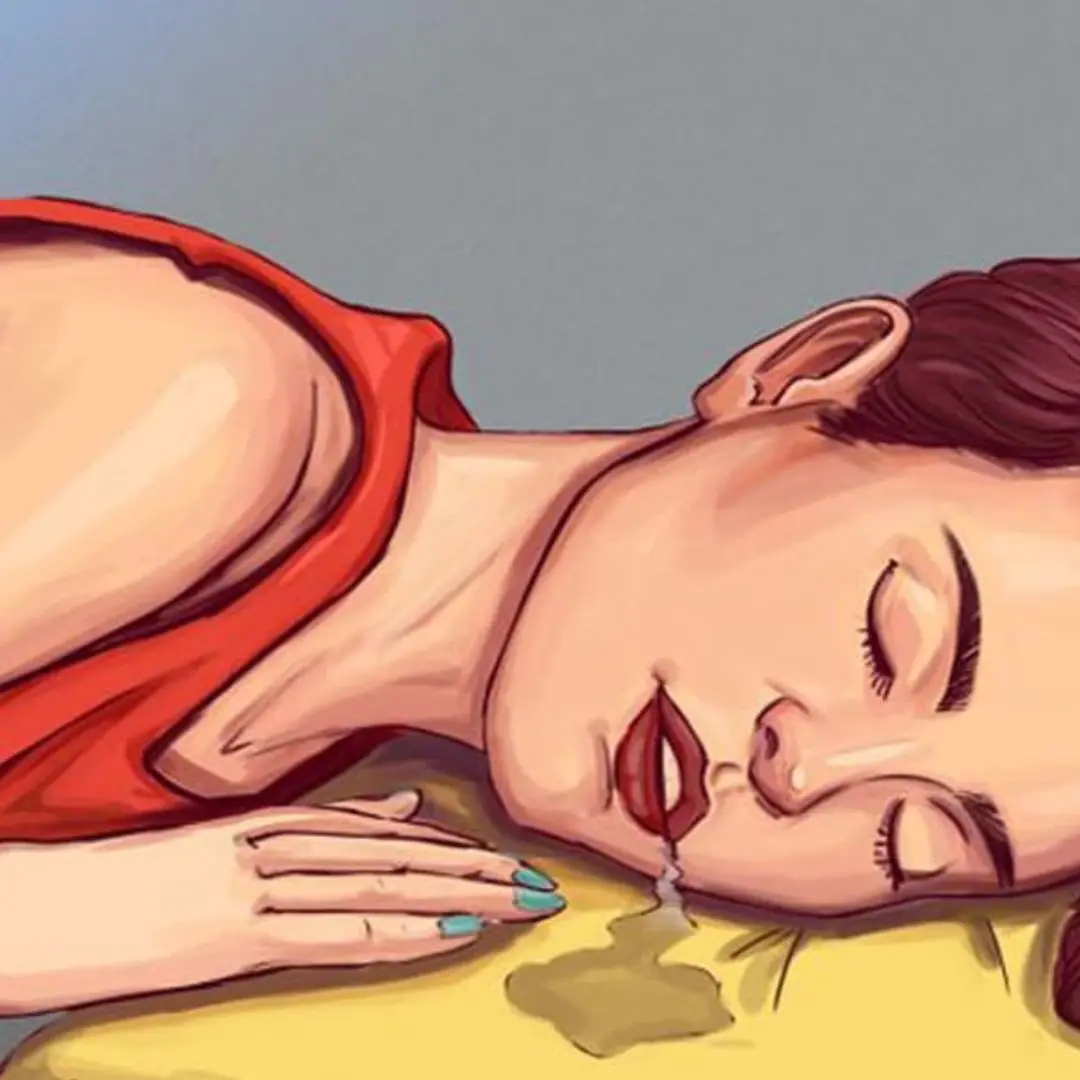
Too Much Saliva in Your Mouth? It Could Be a Warning of Health Issues
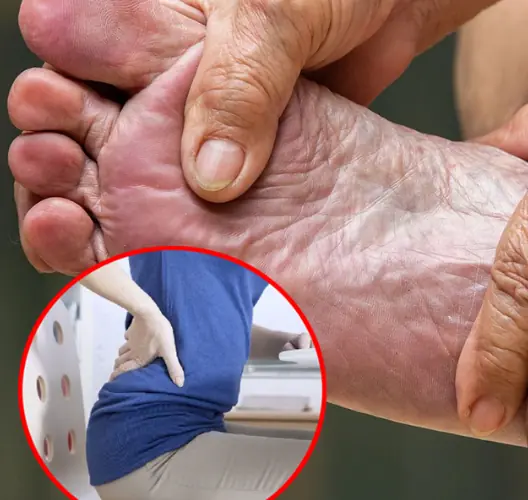
6 types pa.in you shouldn’t ignore

The benefits of carrot and lemon for skin health
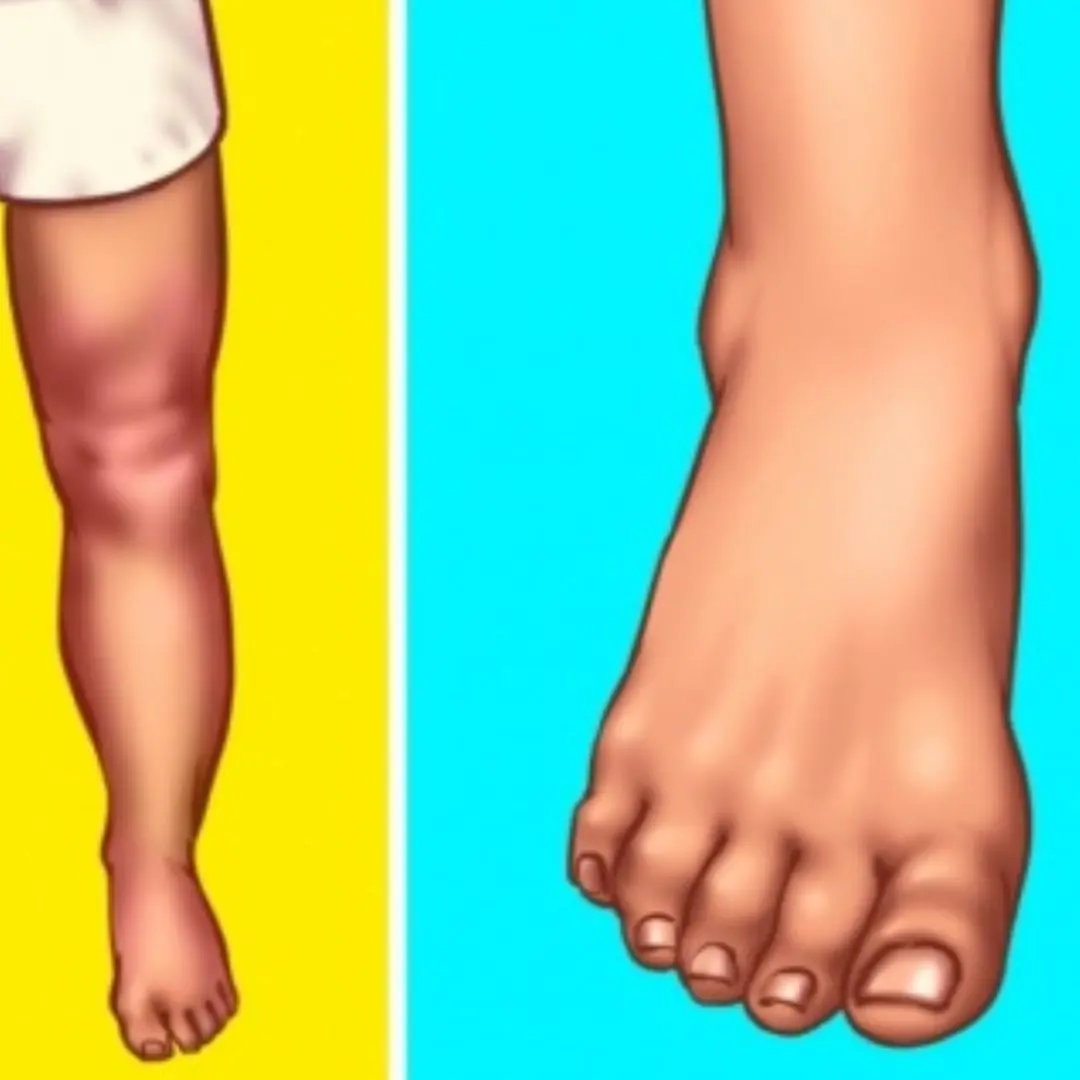
Pay attention to these eight major causes of swelling that can occur throughout the body
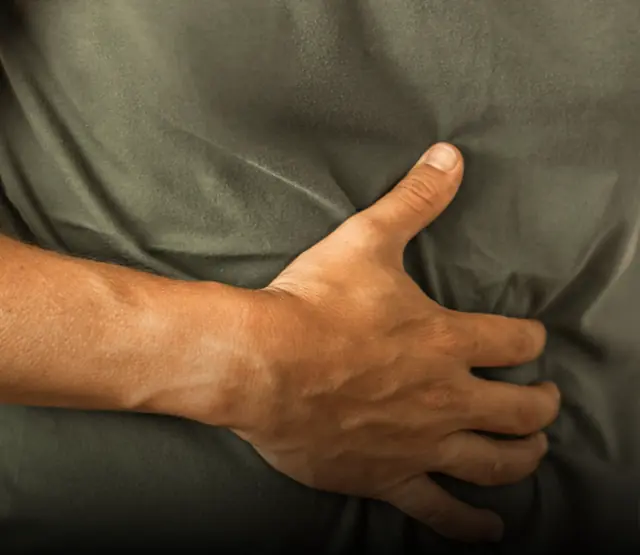
Experts reveal 5 can.cer symptoms that are easy to ignore
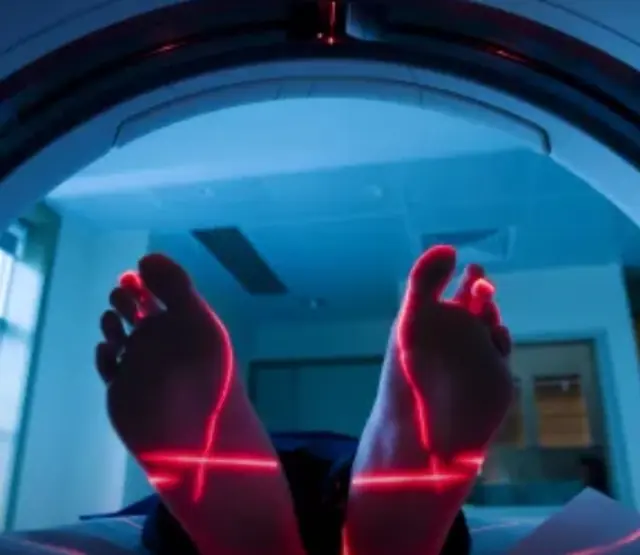
Scientists discover the maximum age a human can live to

Coconut water offers many health benefits — but these 5 groups of people should never drink it, as it could do more harm than good

If Your Kidneys Are in Danger, the Body Will Show these 10 Signs

If Your Kidneys Are in Danger, the Body Will Show these 10 Signs

The Meaning Of The Intriguing Gesture Of Scratching The Palm Of Another Person’s Hand
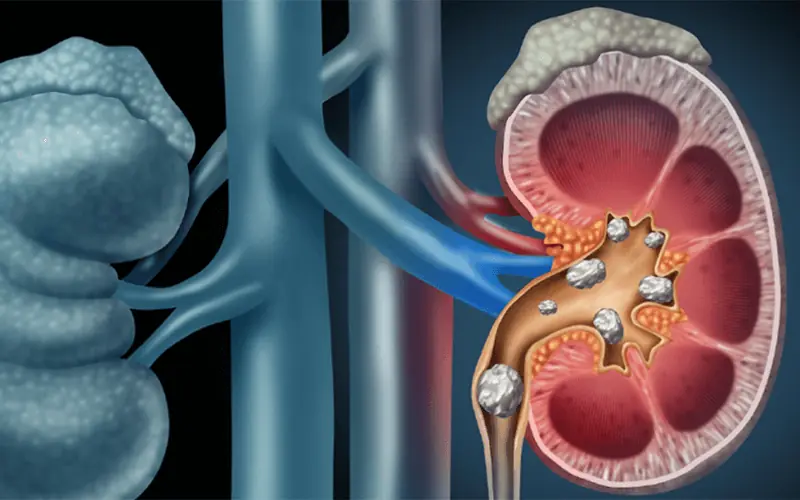
The man with kid.ney stones drank lemon water every day — and the doctor gave him five surprising words
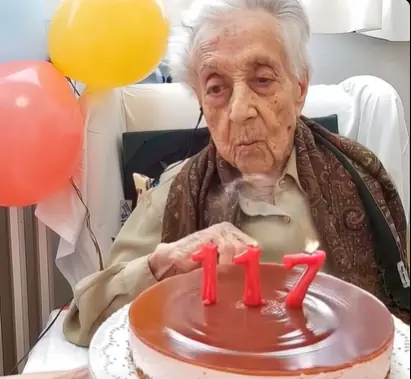
Doctors investigate DNA of 117-year-old woman to find one food that contributes to longevity

Three Morning Symptoms That Could Be Early Warning Signs of Can:cer
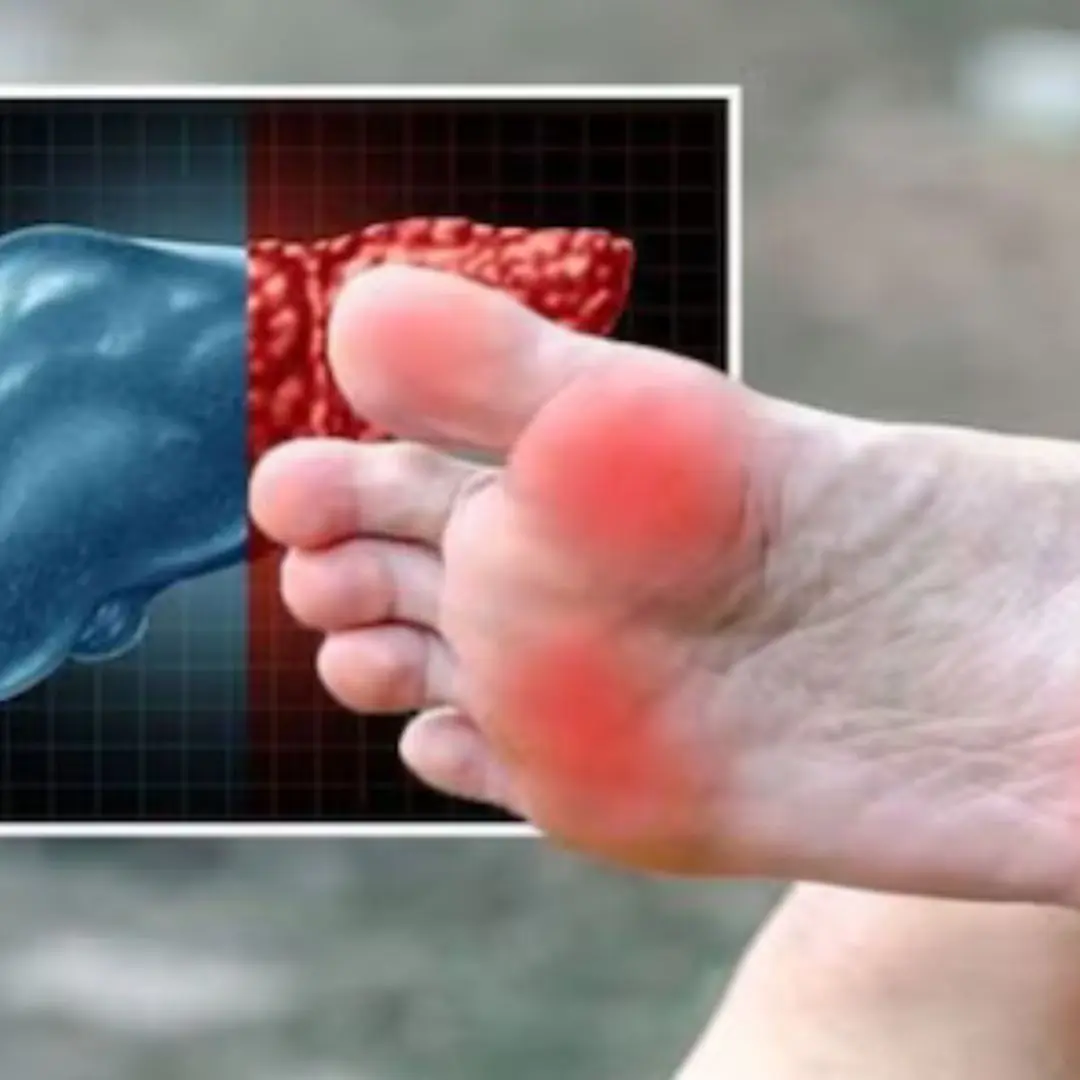
Fatty liver disease: The sign in your feet that means the condition is irreversible

4 “Strange” Nighttime Sensations That May Signal Hidden Can.cers

Many people come into contact with three major carcinogens every day

4 Types of Tofu Contain To.xic Chemicals That Can Severely Damage the Li.ver and Kid.neys
News Post

Put this thing in a lemon and put it in the corner of the house

She flagged down the one man everyone else would run from, because the real monster chasing her wore a suit

The 6 Earliest Symptoms of Liv.er Can.cer Most People Overlook

Too Much Saliva in Your Mouth? It Could Be a Warning of Health Issues

Strange but True: Europe Now Demands That Sausages and Burgers Must Contain Meat — Here’s Why

The surprising benefits of garlic skins: Many people regret not knowing sooner

6 types pa.in you shouldn’t ignore

The benefits of carrot and lemon for skin health
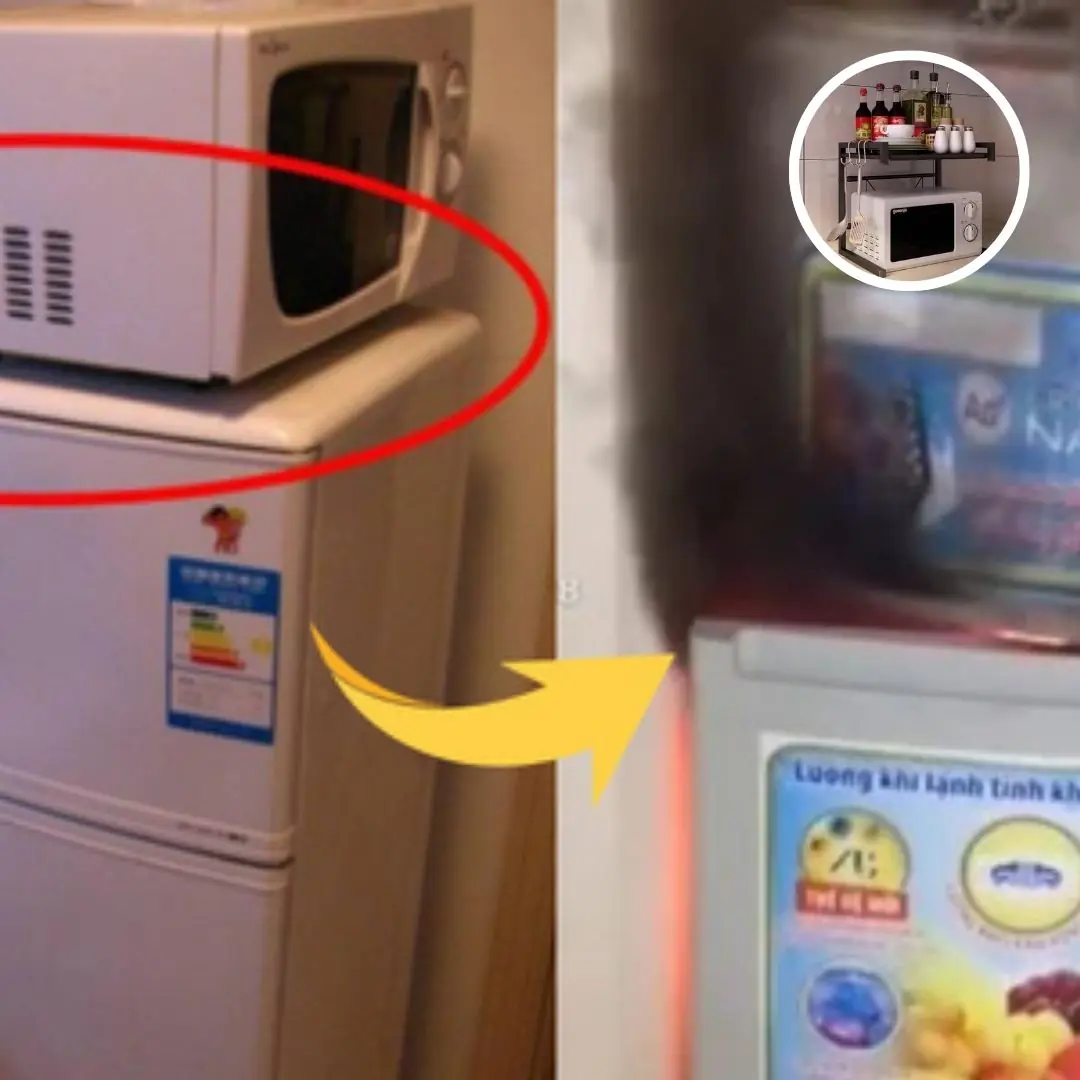
Never place your microwave in this spot if your kitchen is small — it’s bad for you and bad for the machine!

I Mailed Wedding Invites Featuring Our Engagement Photo to My Three Best Friends — Then, One by One, They All Dropped Out

Pay attention to these eight major causes of swelling that can occur throughout the body
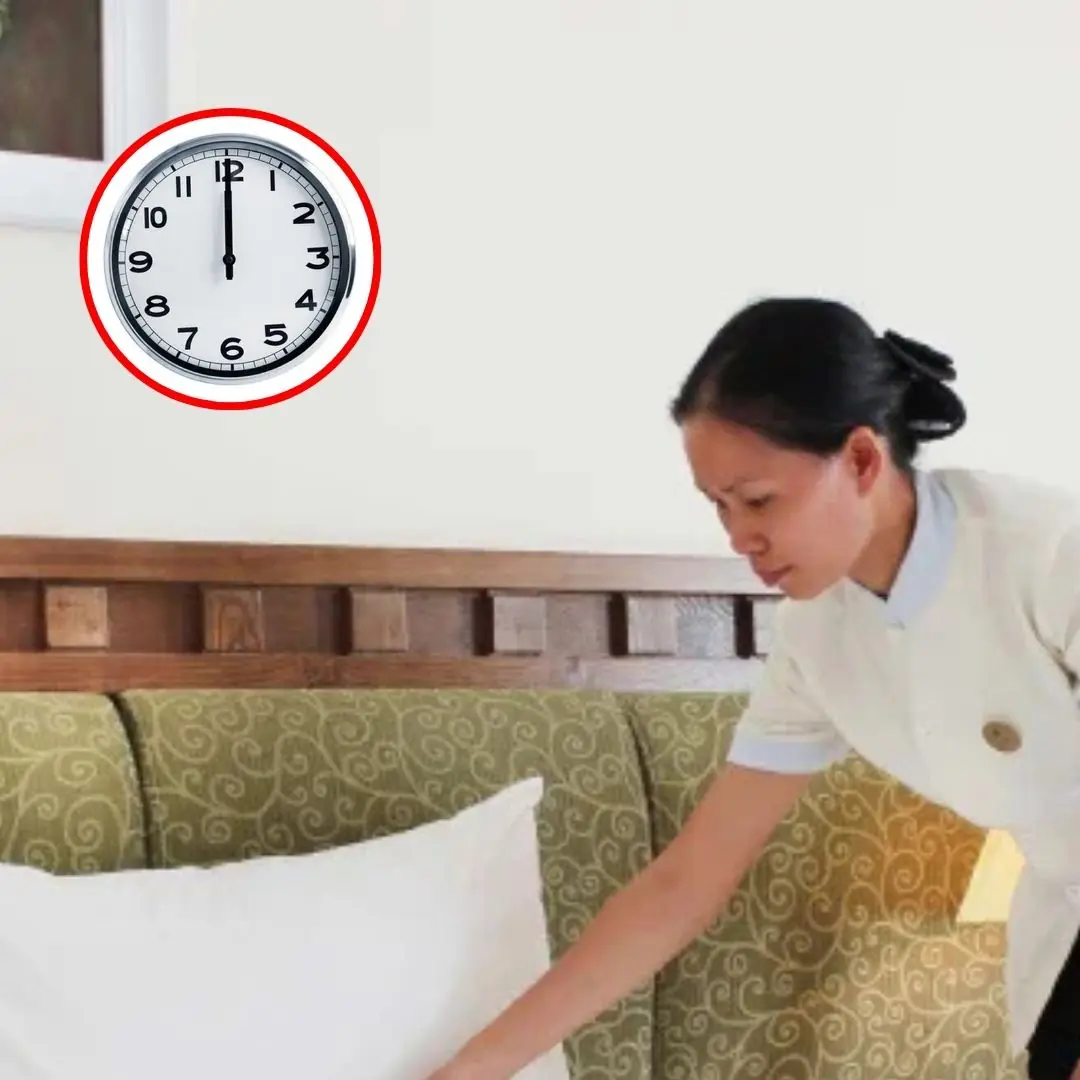
Why is hotel check - out always at 12 o'clock? Not for cleaning, the reason surprises many people

Experts reveal 5 can.cer symptoms that are easy to ignore
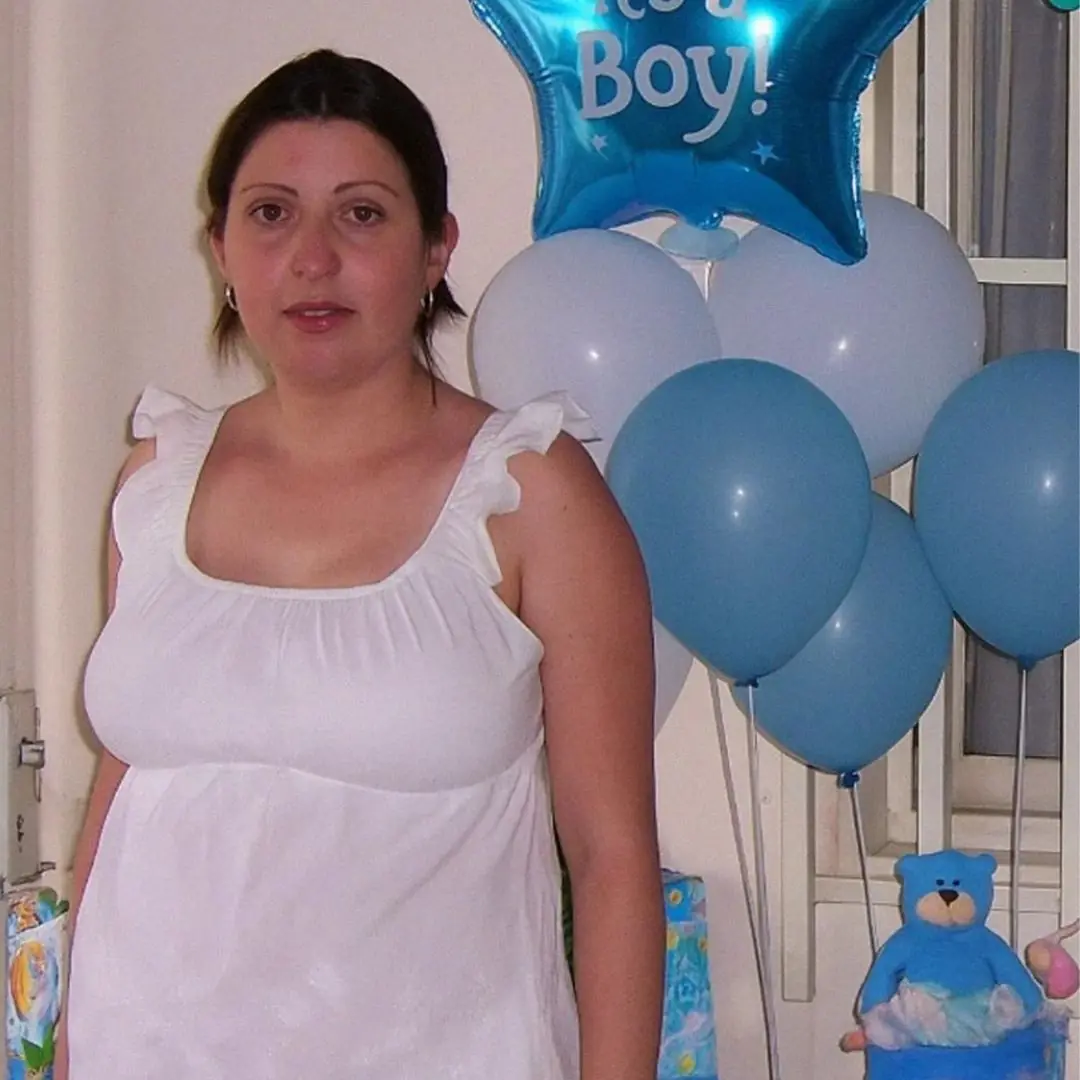
His Female Best Friend Claimed My Baby Shower as Her Event — I Reminded Her of Her Place in Our Lives

Scientists discover the maximum age a human can live to
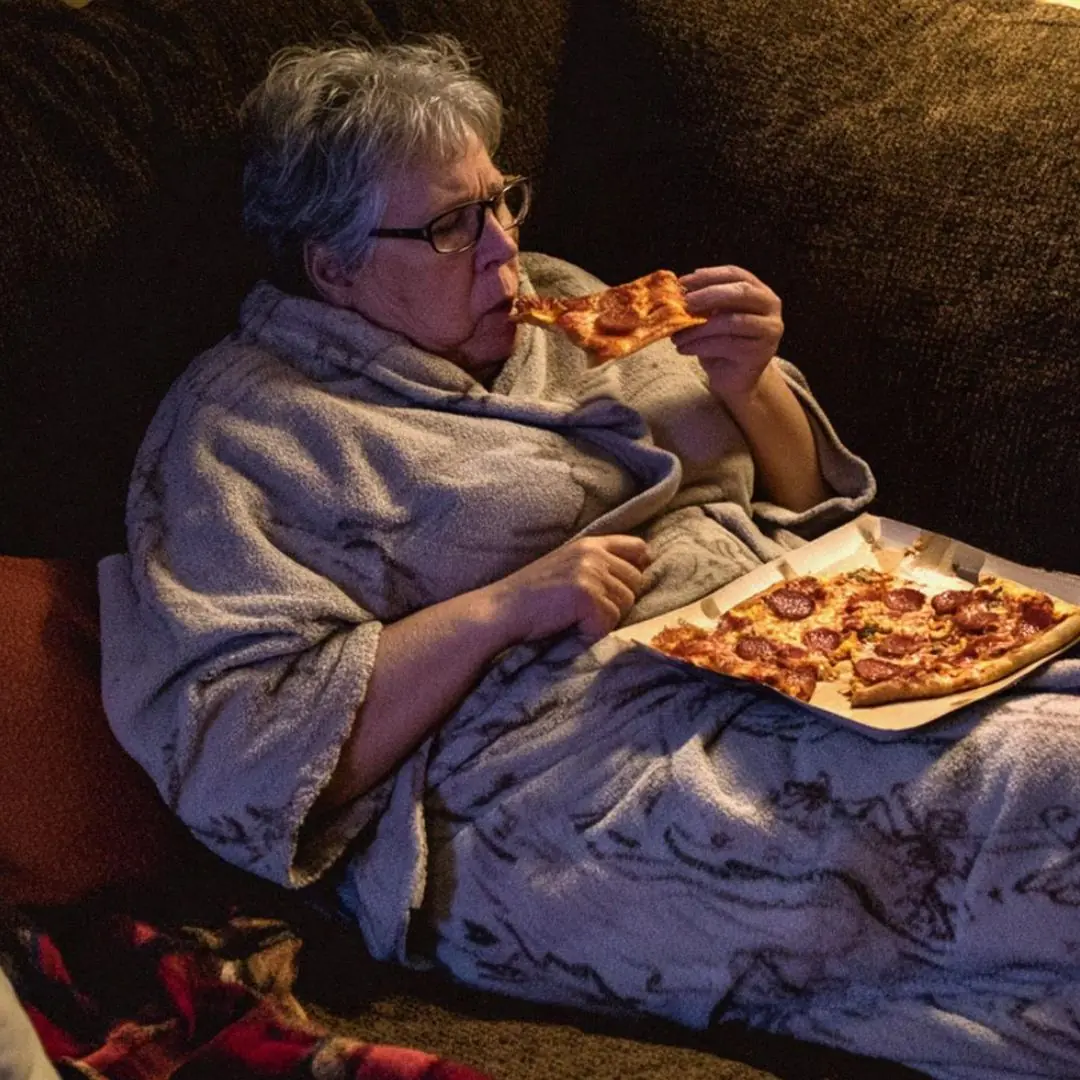
My MIL Took Over Our Home and Wouldn’t Let Me Rest — I Reached My Limit and Taught Her a Hard Lesson

Can rice left in a rice cooker overnight still be eaten: Today I was star.tled when I found out the answer
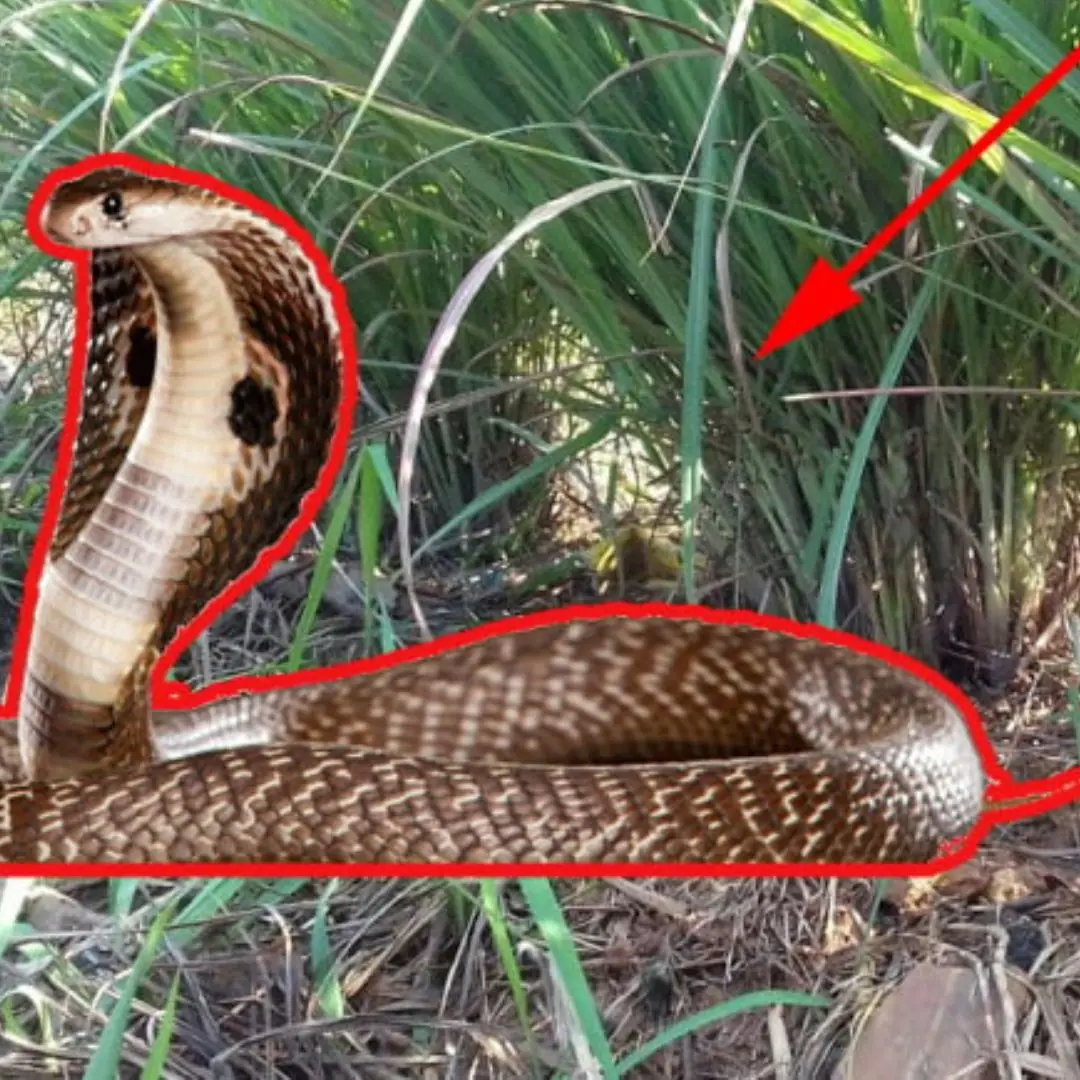
Plant these 8 snake-repelling species around your house, and they’ll stay far away the moment they spot them
